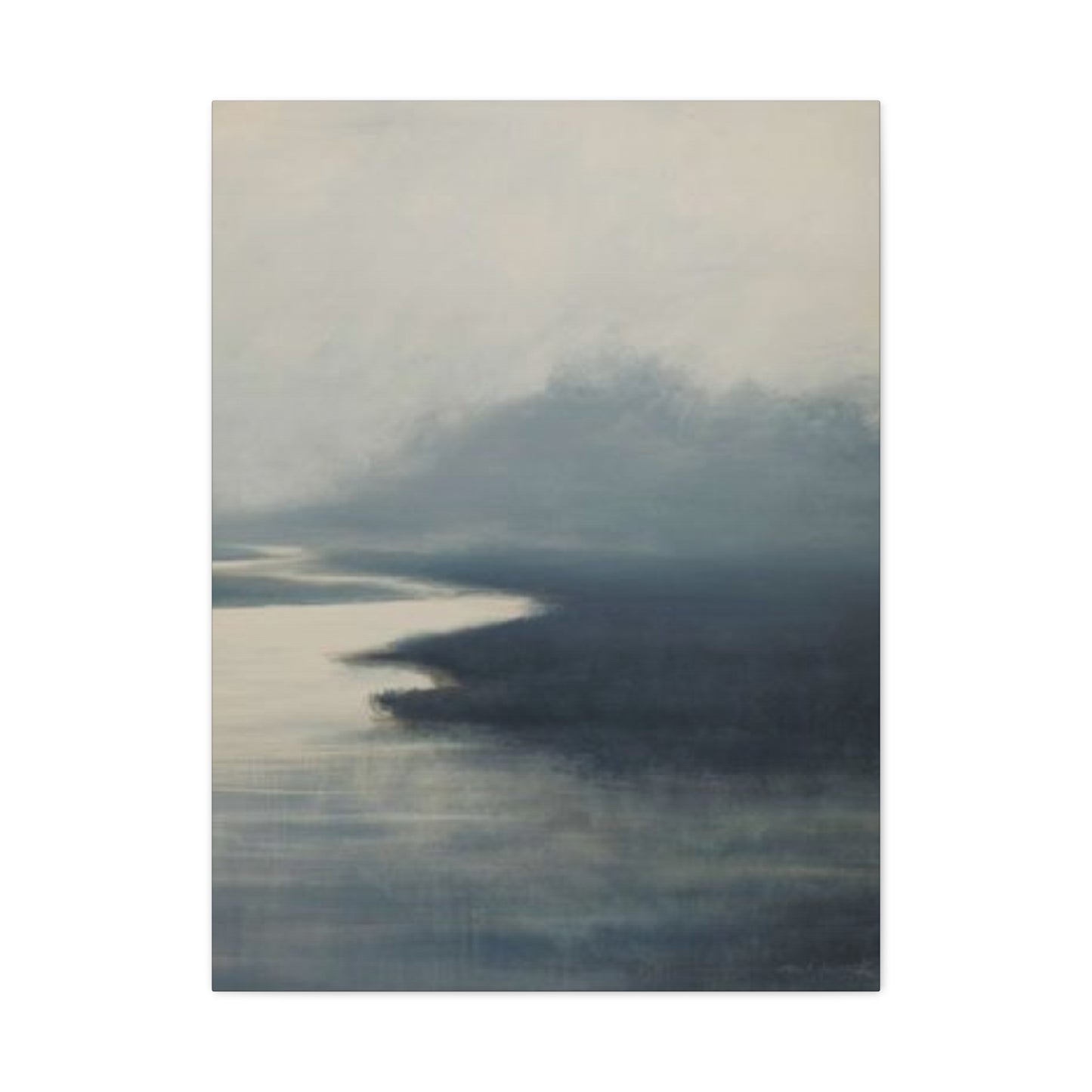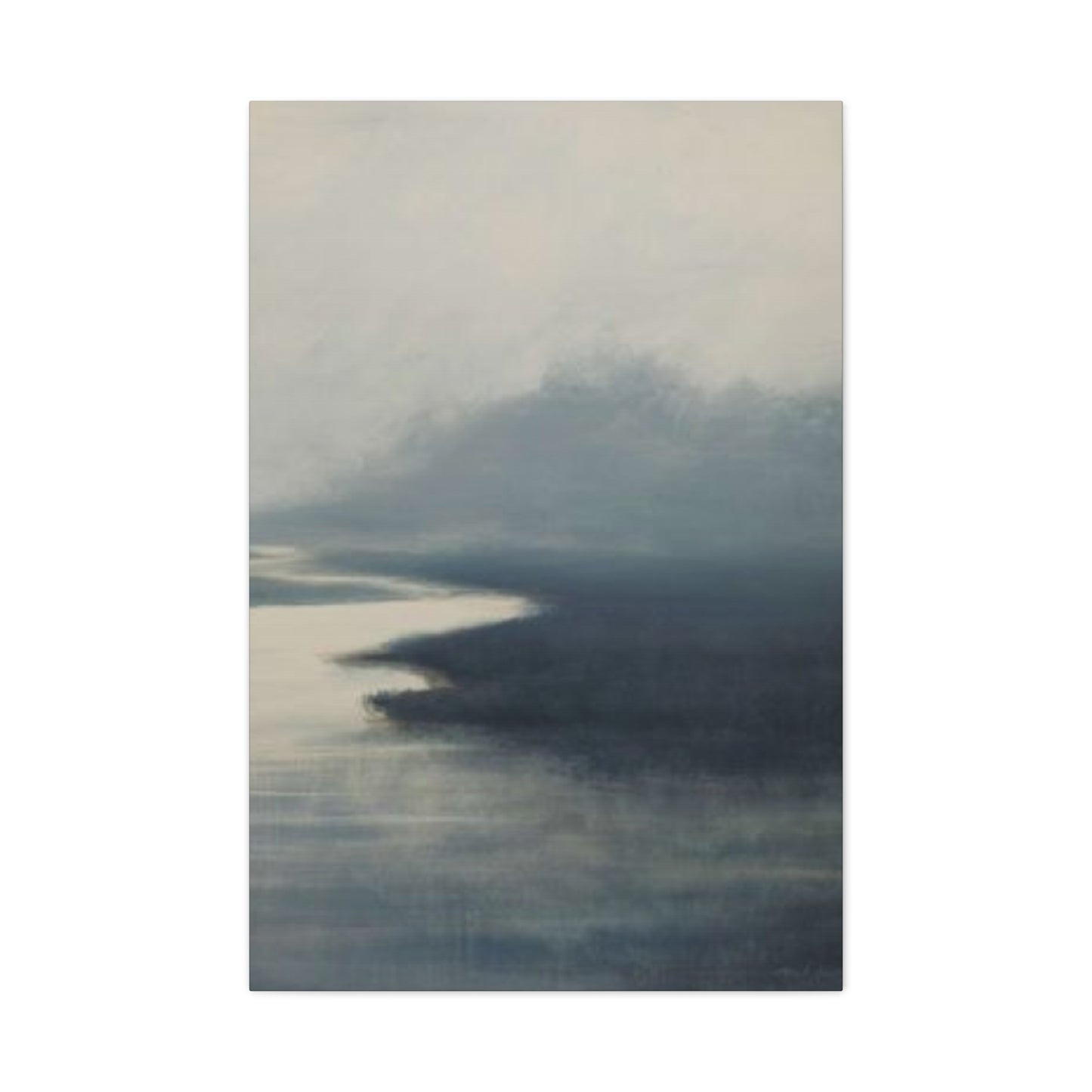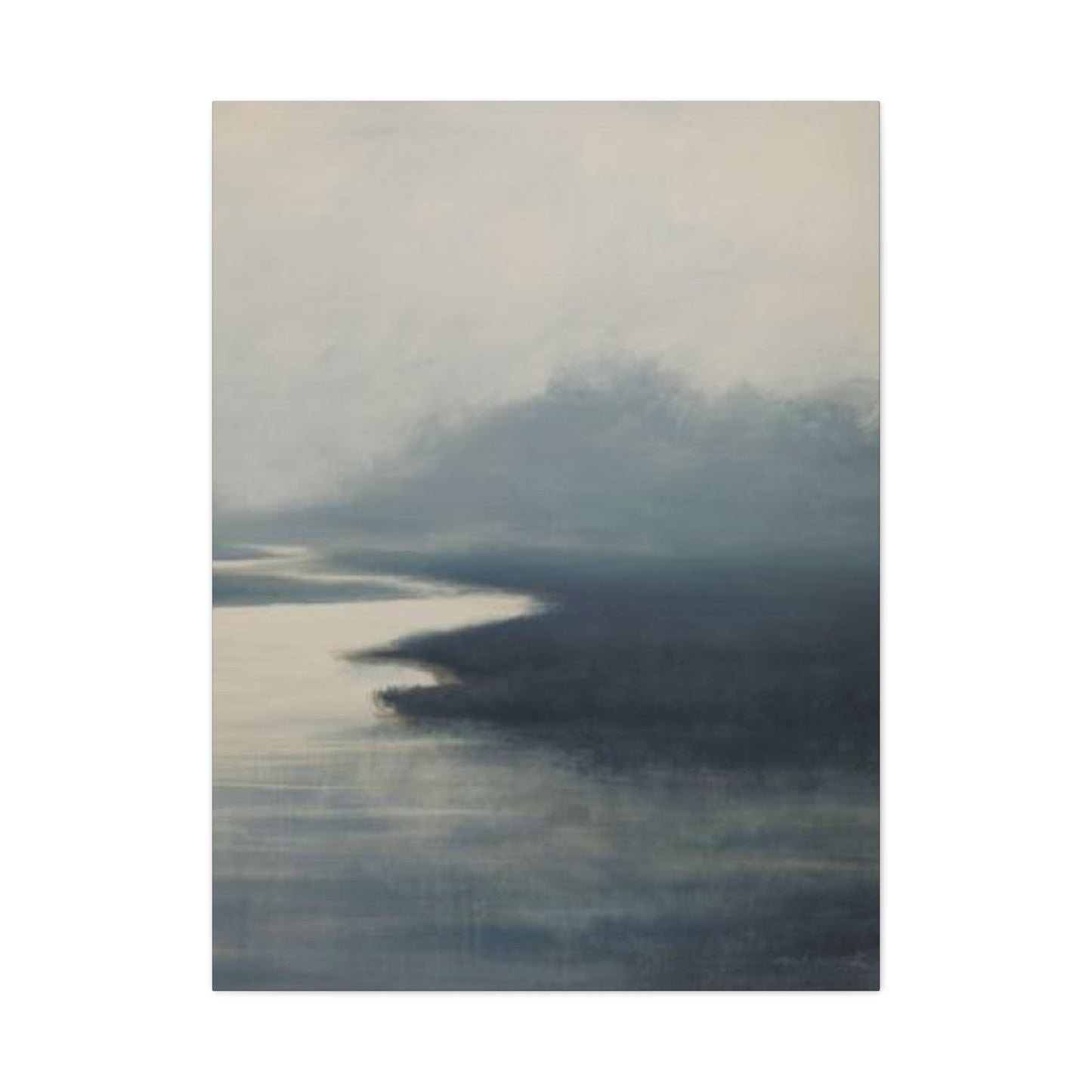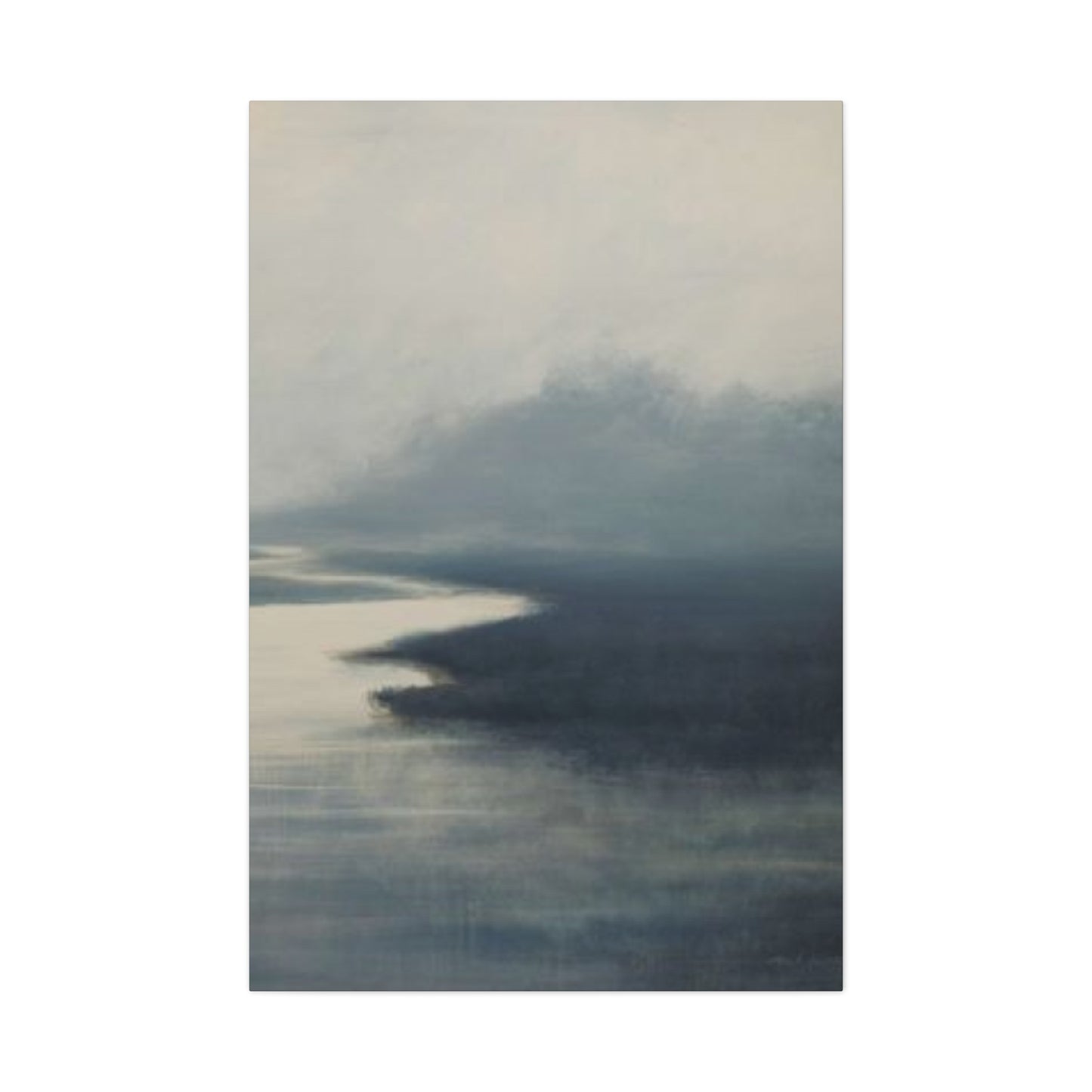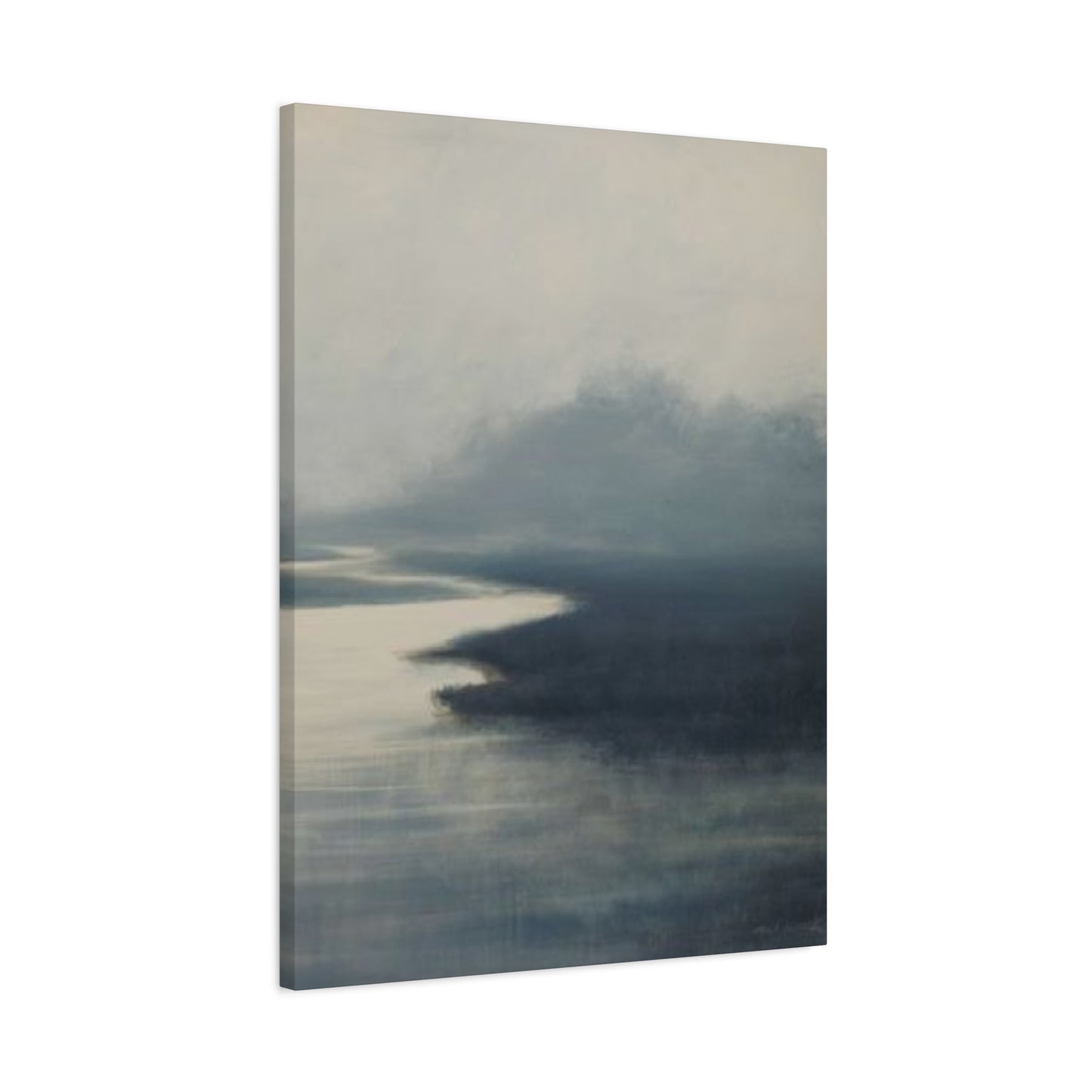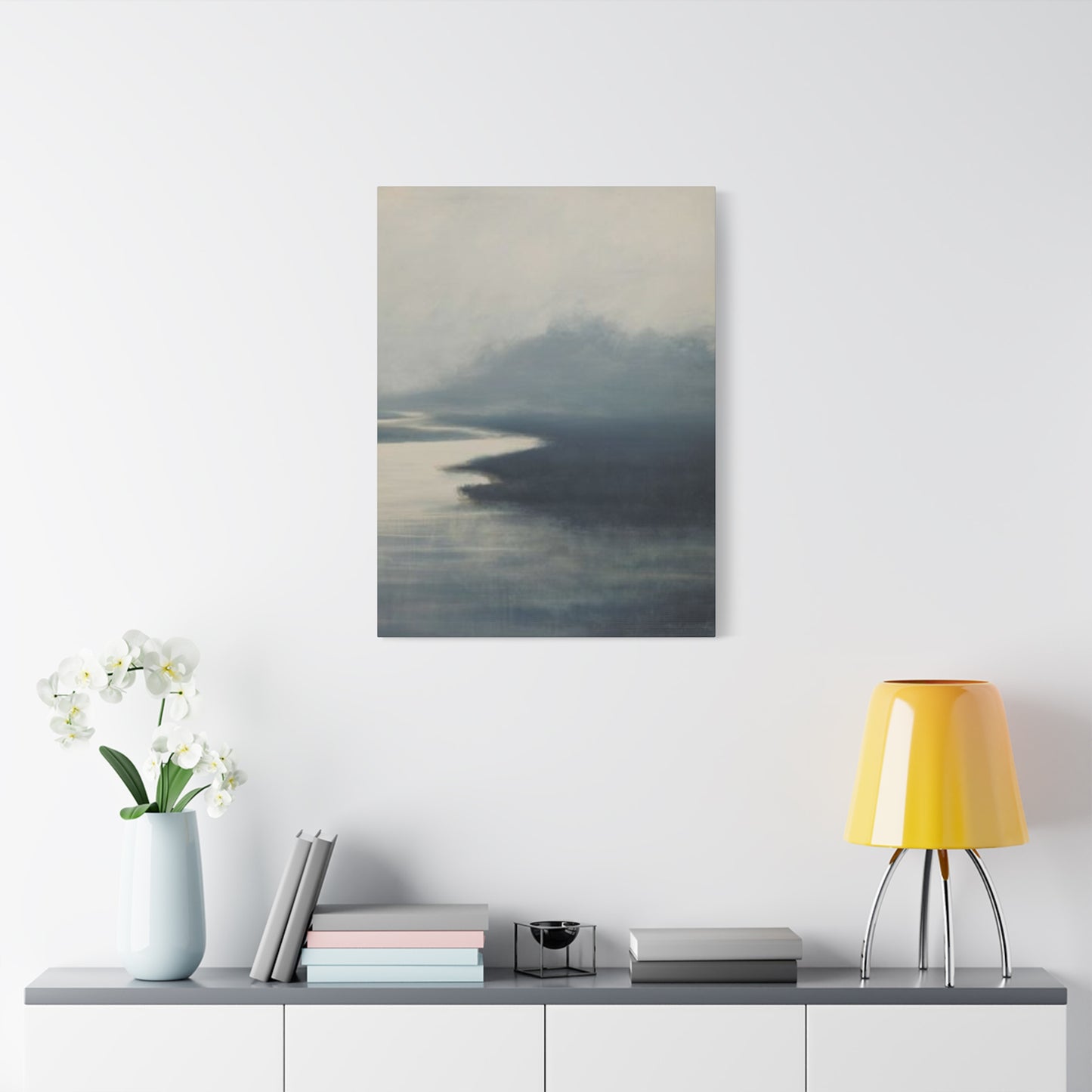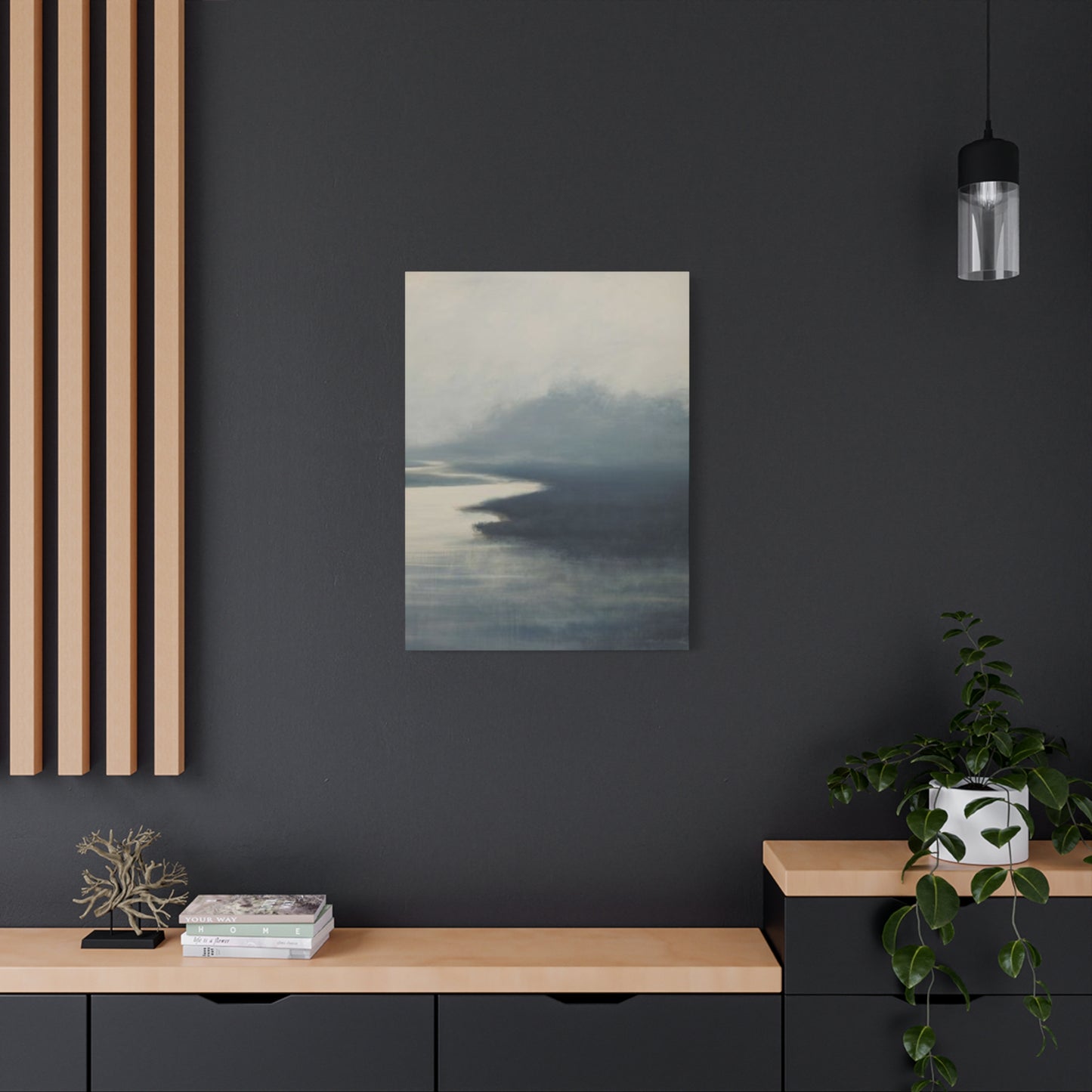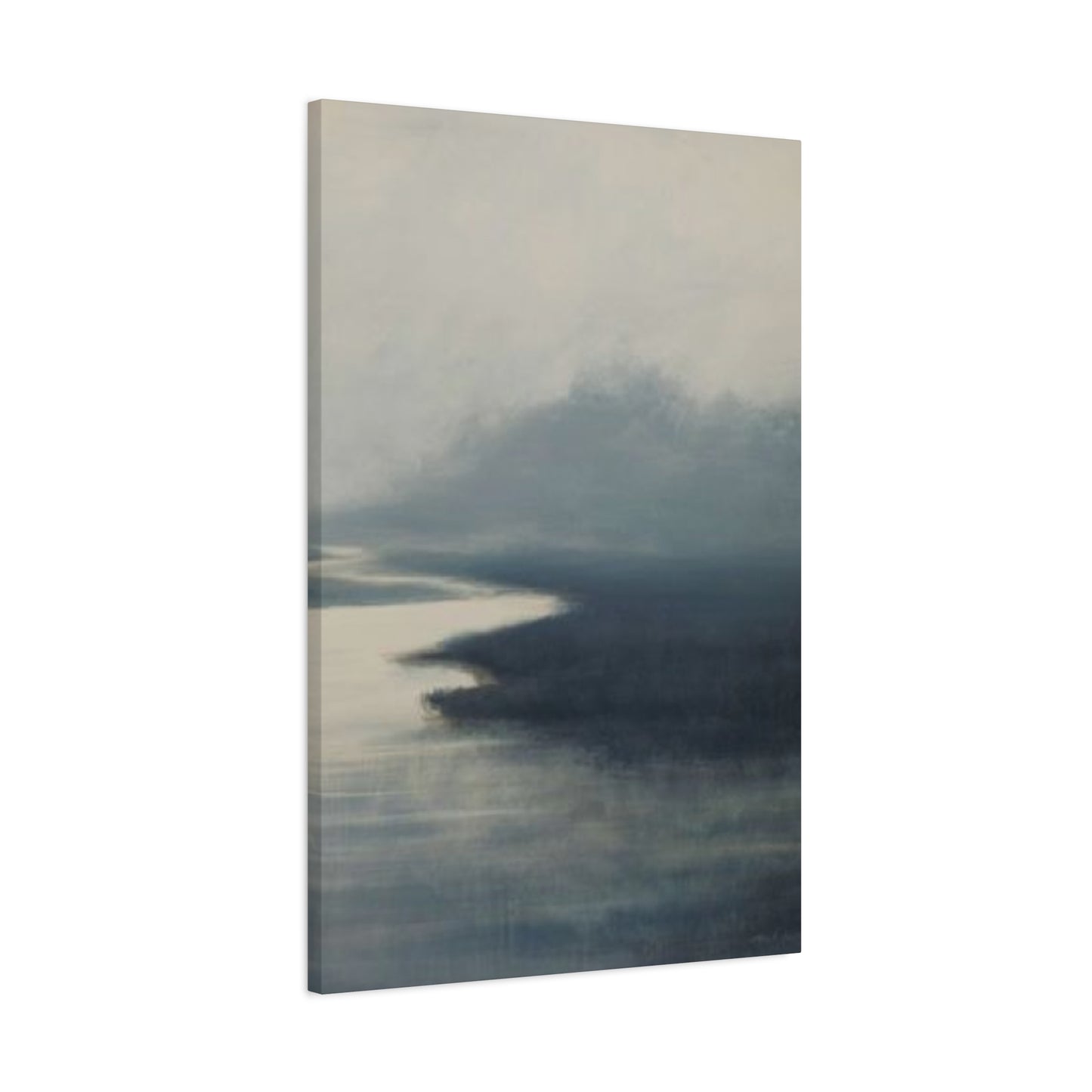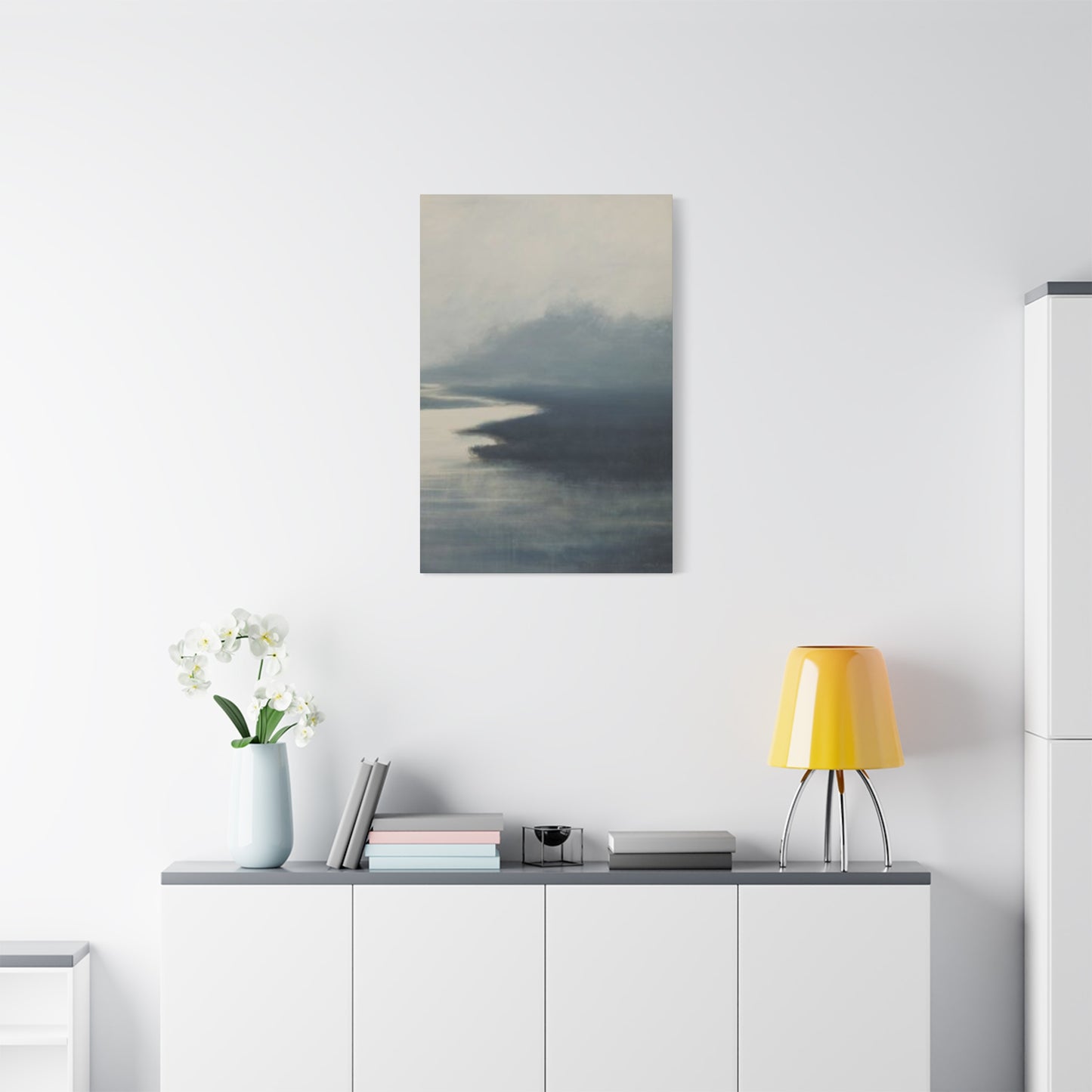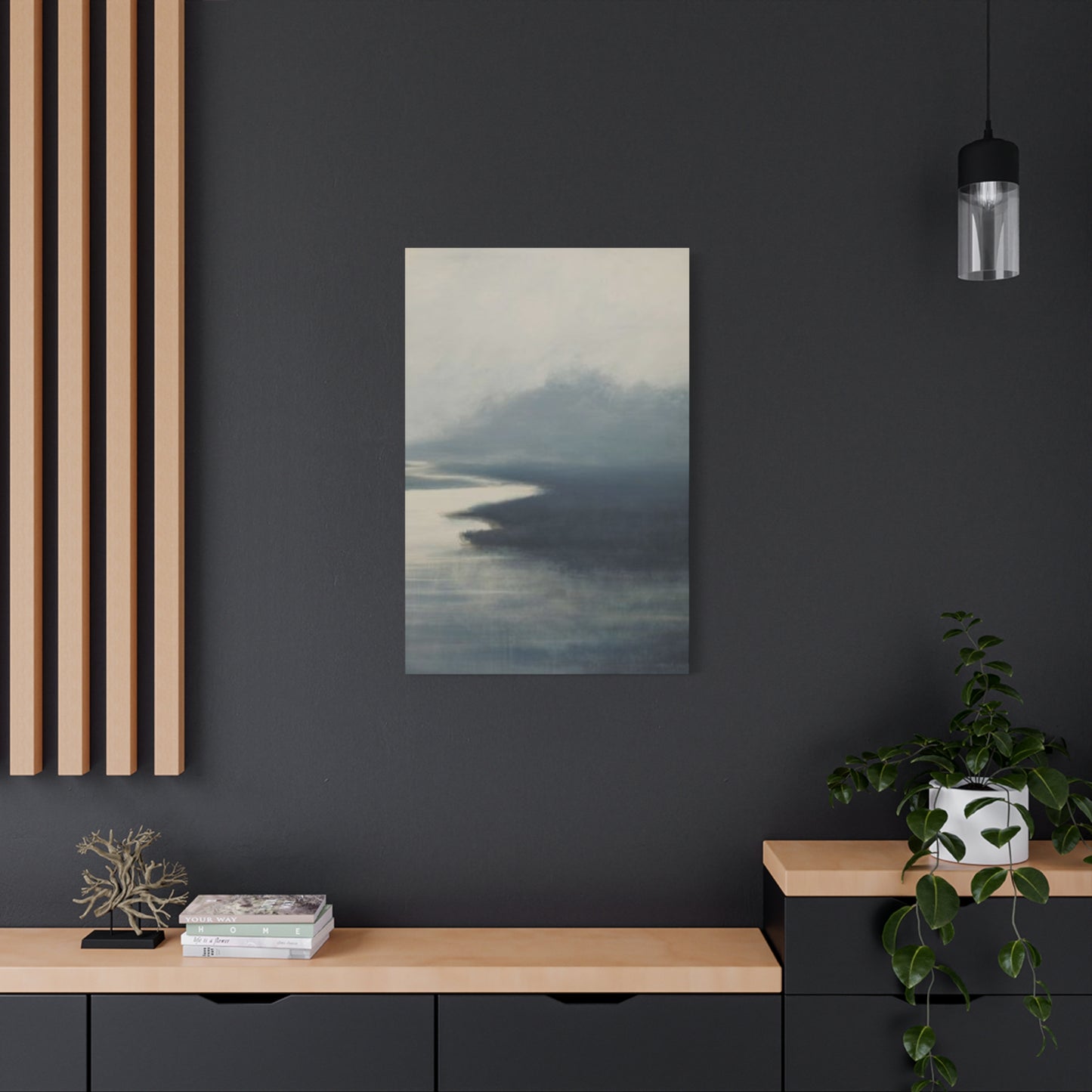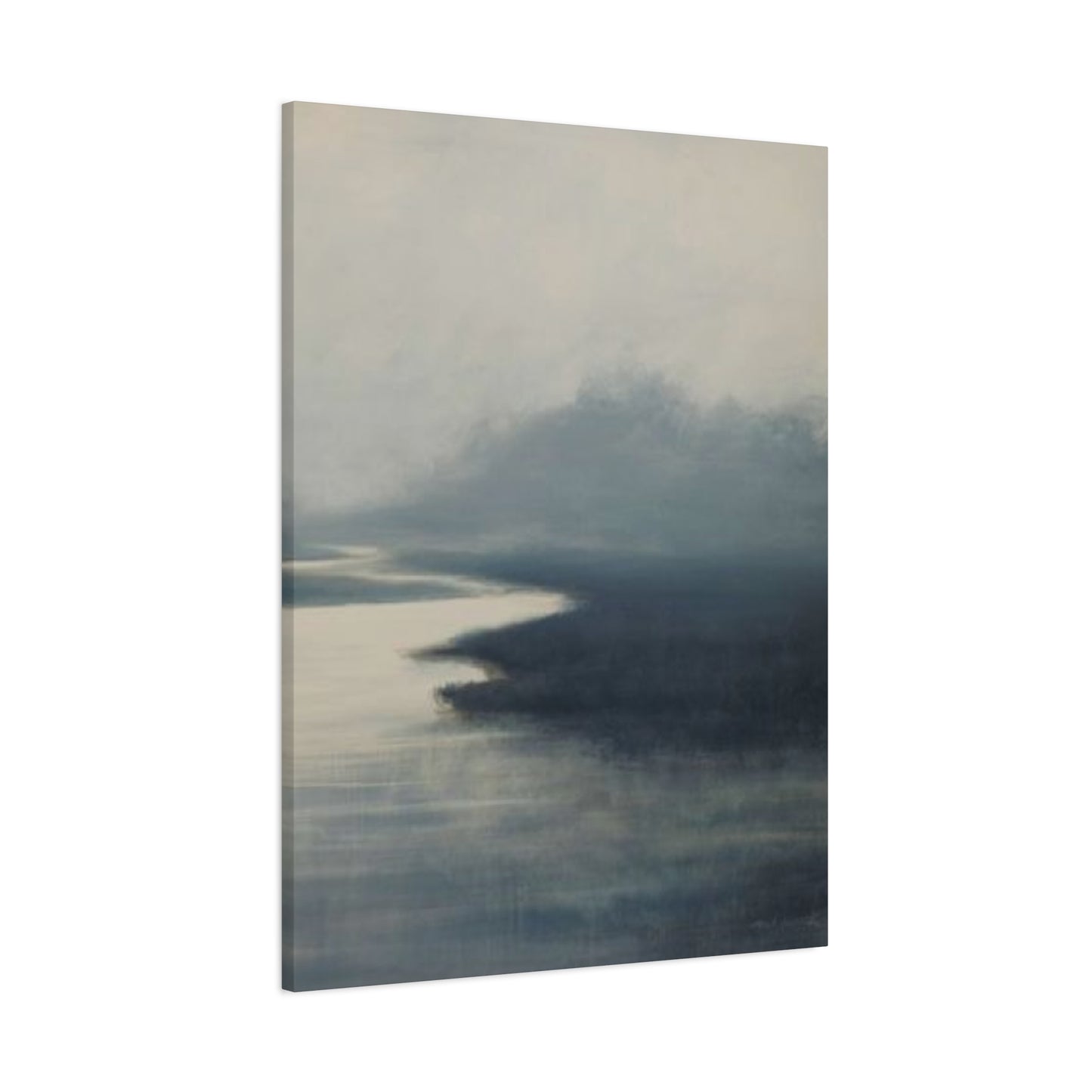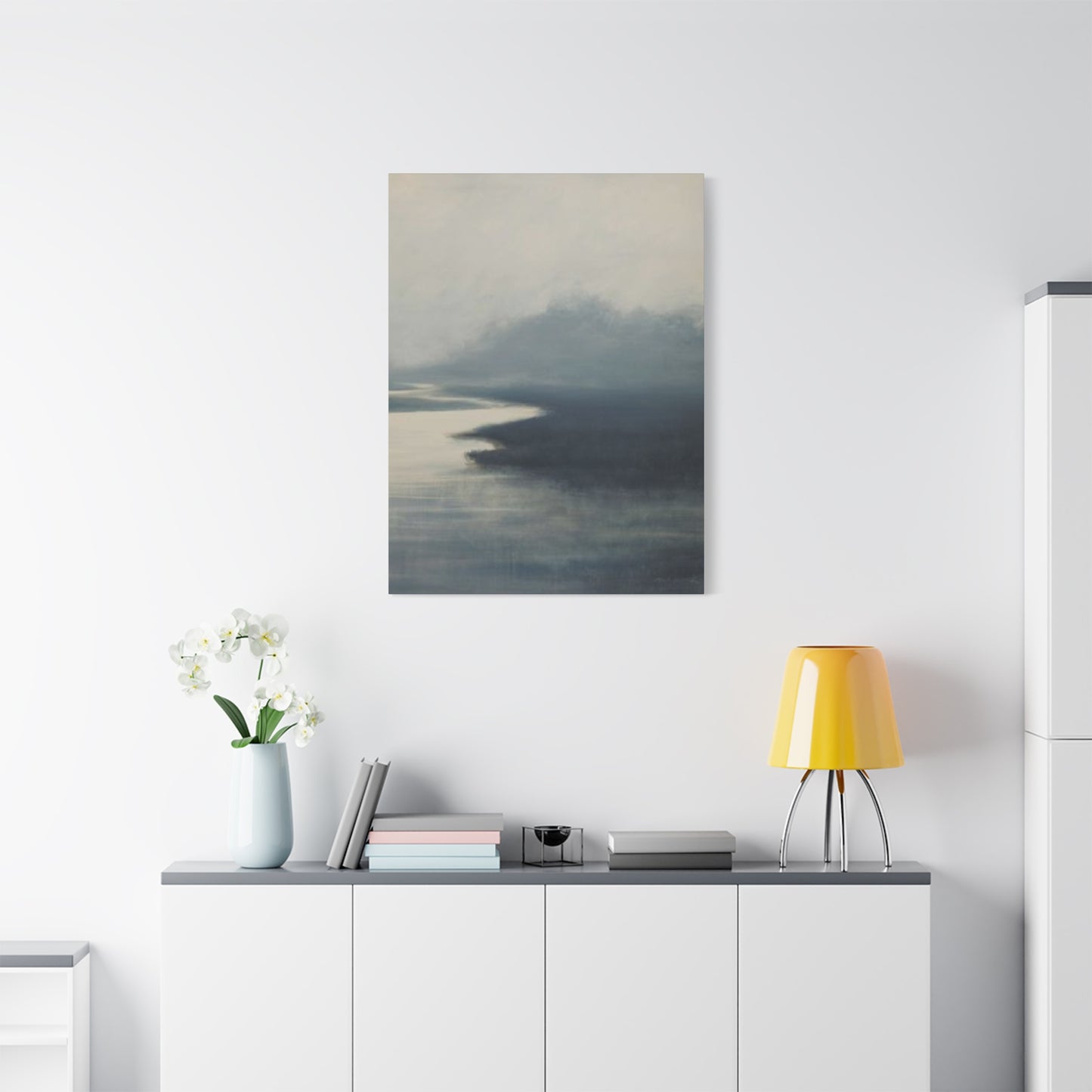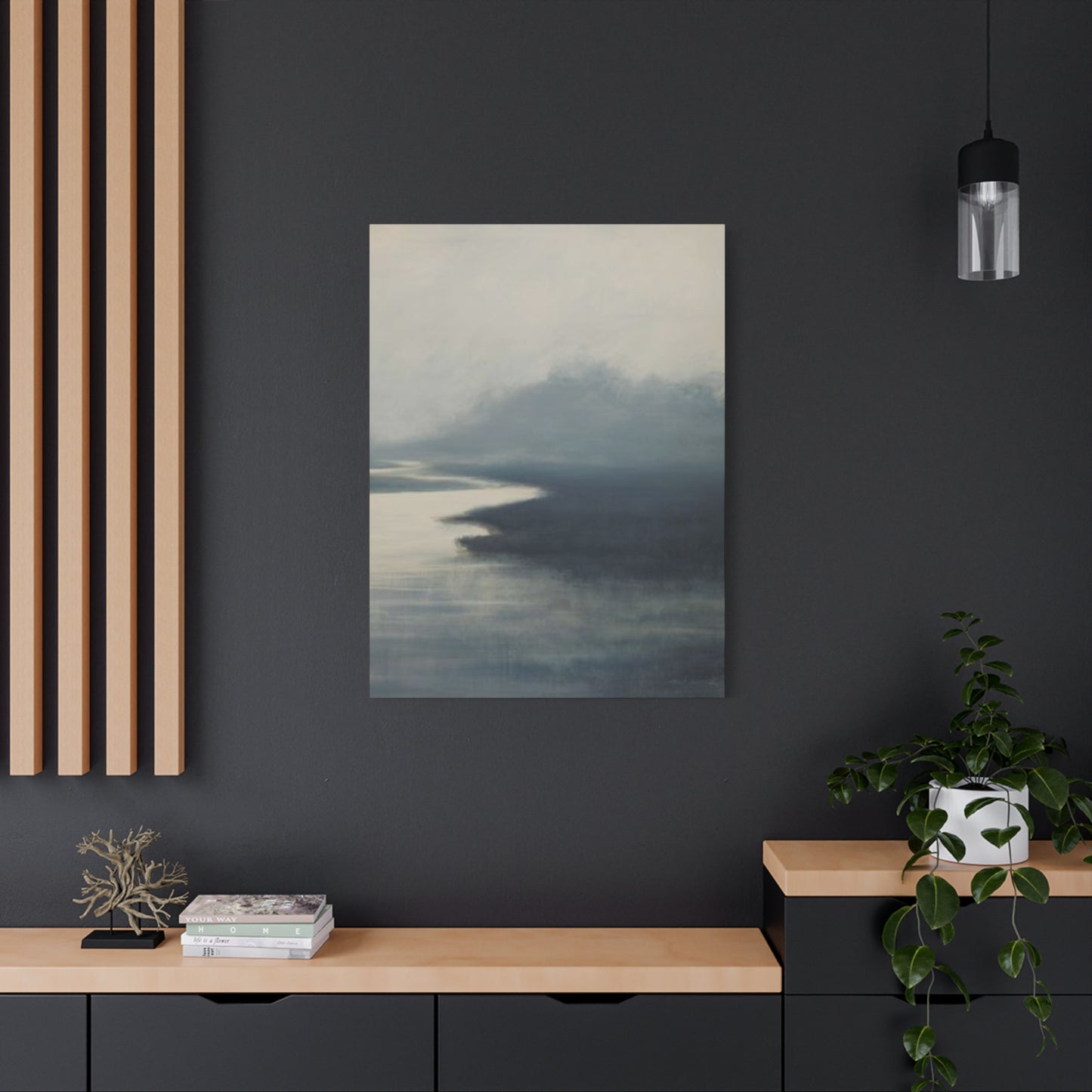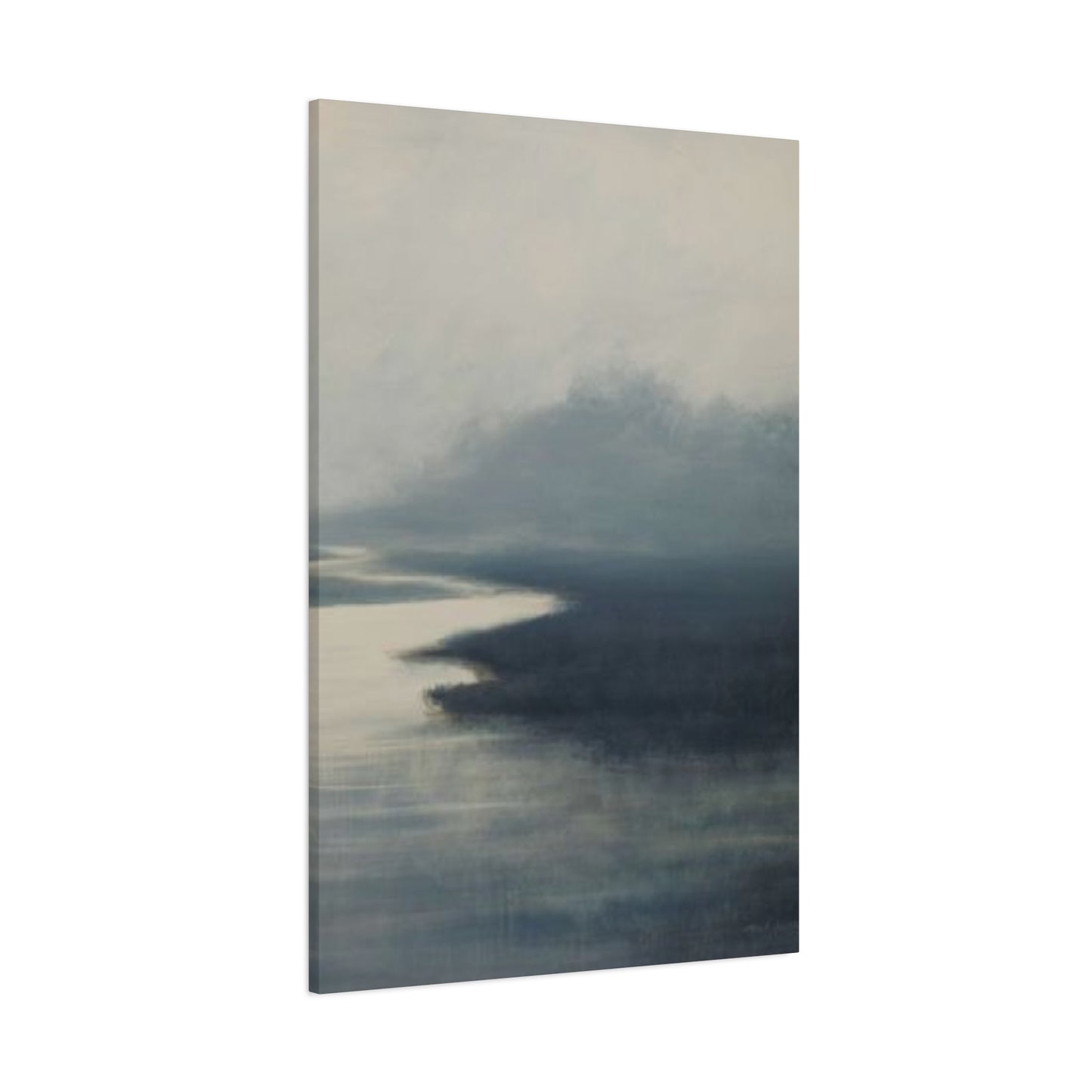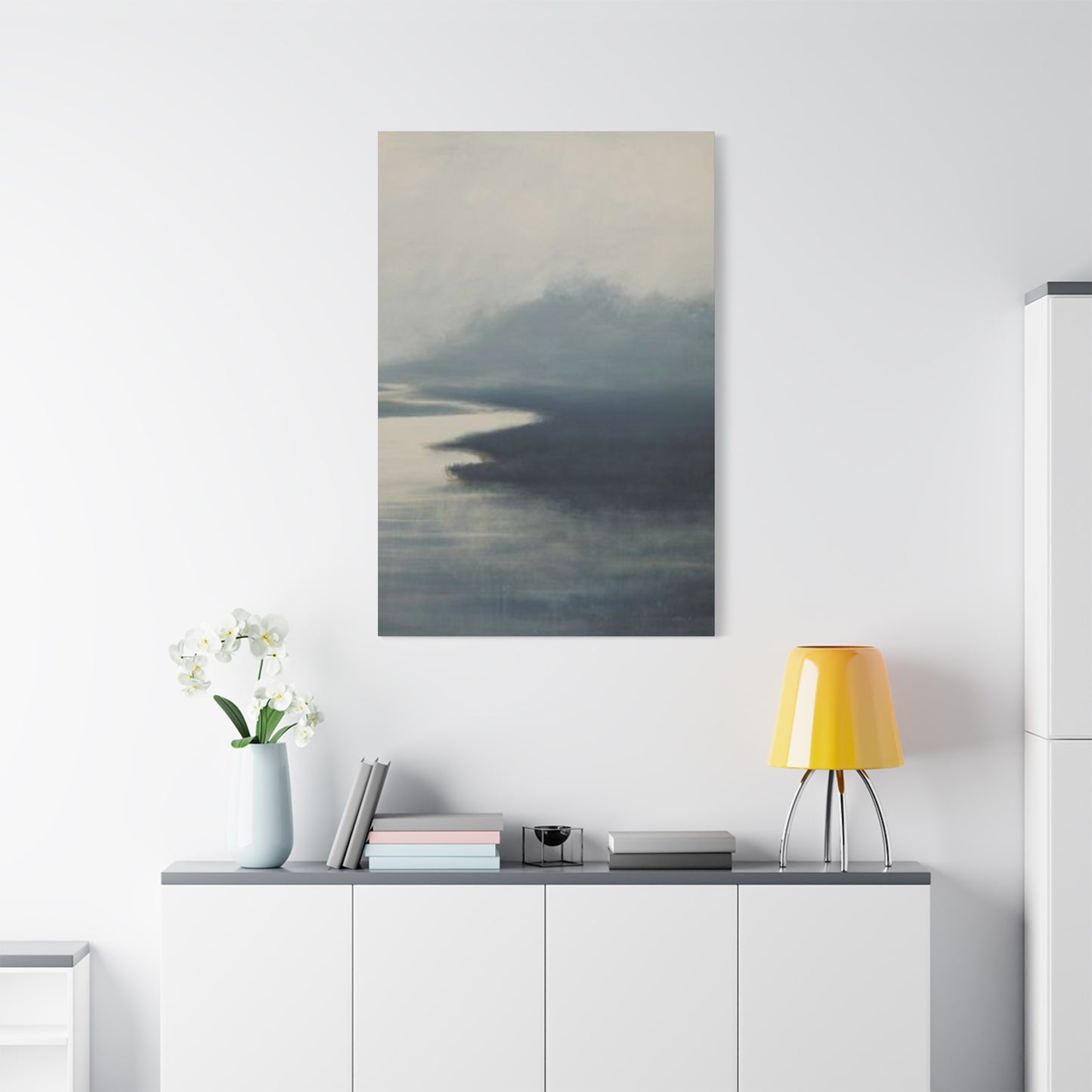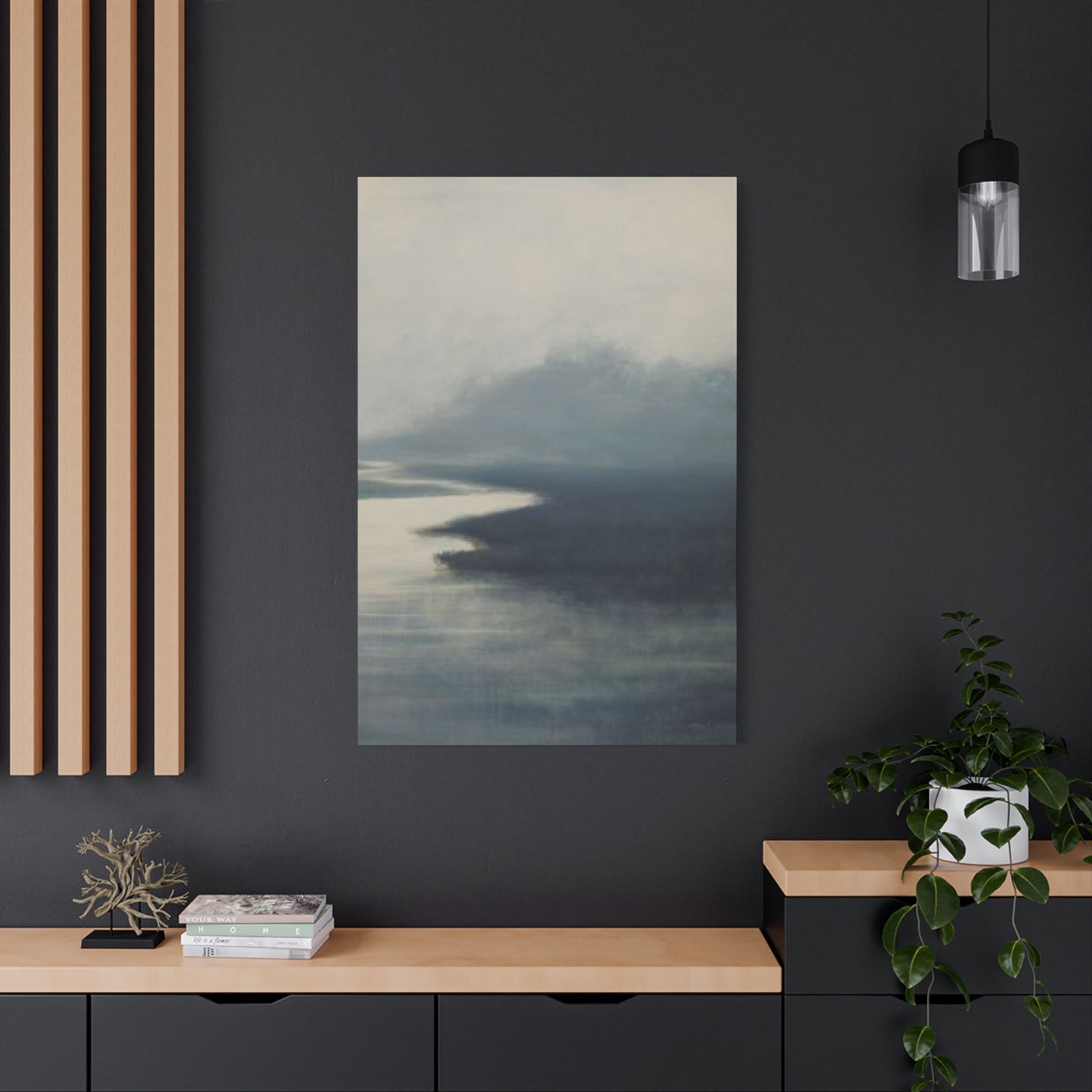Black Beach Fine Wall Art & Canvas Prints
Black Beach Fine Wall Art & Canvas Prints
Couldn't load pickup availability
Black Beach Fine Wall Art: Capturing Volcanic Shores and Dramatic Coastal Landscapes Through Premium Photography
The world of home decoration has witnessed a remarkable shift toward incorporating natural elements that evoke powerful emotions and create striking visual statements. Among these emerging trends, imagery featuring volcanic shorelines has captured the imagination of designers, collectors, and homeowners alike. These dramatic landscapes, characterized by their distinctive dark-hued sand formed through millennia of volcanic activity, offer a compelling alternative to traditional coastal photography that typically showcases golden or white beaches.
The aesthetic power of these volcanic coastal scenes lies in their inherent contrast and raw natural beauty. When transformed into premium photography prints, these landscapes bring an element of sophistication and depth to interior spaces that few other subjects can match. The interplay between dark sand, foaming white waves, and often moody skies creates a visual tension that draws the eye and invites contemplation. This unique combination of elements makes such imagery particularly effective in creating focal points within residential and commercial spaces.
Furthermore, the popularity of these coastal scenes reflects a broader cultural appreciation for untamed natural beauty and geological wonders. Unlike manicured beach resorts, volcanic shores represent nature at its most authentic and powerful, shaped by forces beyond human control. This authenticity resonates with contemporary audiences seeking genuine connections to the natural world through their living spaces. The dramatic quality of these landscapes provides endless opportunities for artistic interpretation, from minimalist compositions focusing on texture and form to expansive panoramas that capture the full sweep of these extraordinary environments.
Geological Marvels Behind Dark Coastal Formations Around the Globe
Understanding the origins of these striking landscapes adds another layer of appreciation for their visual representation in photographic form. Volcanic beaches emerge through a fascinating geological process that spans thousands to millions of years. When molten rock from volcanic eruptions meets the ocean, rapid cooling causes the material to shatter into fragments. Over time, the relentless action of waves, wind, and weather gradually breaks these fragments down into increasingly finer particles, eventually creating the distinctive dark sand that characterizes these shores.
The mineral composition of this volcanic material contributes significantly to its visual properties. Basalt, the most common volcanic rock forming these beaches, contains high concentrations of iron and magnesium, which give the sand its characteristic dark coloration ranging from deep charcoal to jet black. Some locations feature sand with subtle variations in tone, including dark grays with hints of green or brown, depending on the specific minerals present. These subtle color variations become particularly evident in certain lighting conditions, offering photographers rich opportunities to capture nuanced tonal ranges that translate beautifully into print form.
Different geographical regions produce distinctive variations in their volcanic coastal landscapes. Iceland's southern shores feature extensive stretches of black sand interspersed with dramatic basalt columns and sea stacks, creating compositions of extraordinary geometric interest. Hawaii's volcanic islands present a different character, with newer volcanic flows sometimes meeting the ocean directly, creating stark contrasts between solid rock formations and granular beach materials. The Canary Islands off Africa's west coast offer yet another interpretation, with volcanic beaches nestled among cliffs and rock formations shaped by erosion over millennia.
The dynamic nature of these environments means they constantly evolve, though on timescales that exceed human lifespans. Ongoing volcanic activity can create new coastal features, while erosion continuously reshapes existing formations. This temporal dimension adds conceptual depth to photographic representations of these landscapes, capturing moments in an ongoing geological narrative that stretches across deep time. When viewers engage with such imagery in their homes or workspaces, they connect with this larger story of planetary processes and natural transformation.
Creating Captivating Compositions with Volcanic Coastal Scenery
The process of capturing these dramatic landscapes requires both technical expertise and artistic vision. Photographers who specialize in this subject matter must master various elements of their craft to produce images worthy of display as premium prints. Light quality stands as perhaps the most critical factor in successful volcanic beach photography. The dark tones of the sand can easily become muddy or lose detail if not properly exposed, while the bright white of breaking waves presents the opposite challenge. Skilled photographers navigate these extremes, often utilizing graduated filters or exposure bracketing to maintain detail throughout the tonal range.
Timing plays an equally crucial role in capturing compelling imagery. The golden hours surrounding sunrise and sunset provide warm, directional light that can bring out textures in the dark sand while creating dramatic skies that complement the moody character of these landscapes. Storm conditions, though challenging to work in, often produce the most dramatic imagery, with turbulent skies and powerful waves adding energy and movement to compositions. Conversely, moments of calm can yield minimalist compositions where the simplicity of form and the subtle gradations of tone become the primary subjects.
Compositional strategies for these landscapes vary depending on the specific character of each location and the photographer's artistic intent. Some images emphasize the graphic qualities of these environments, using high contrast and bold shapes to create striking visual statements. Others adopt a more atmospheric approach, embracing softer light and subtle tonal transitions to evoke mood and emotion. The placement of prominent features like sea stacks, rock formations, or distant headlands within the frame significantly impacts the viewer's experience, guiding their eye through the composition and creating visual relationships between different elements.
The scale of these landscapes presents both opportunities and challenges for photographers. Wide-angle perspectives can capture the full sweep of a coastline, emphasizing the grandeur and expansive quality of these environments. However, such broad views risk becoming generic if not carefully composed with strong foreground interest and clear visual pathways. Conversely, more intimate perspectives that focus on specific details or smaller sections of the landscape can reveal patterns, textures, and forms that might be overlooked in wider views. The most compelling portfolio of volcanic beach imagery typically includes both approaches, offering variety while maintaining thematic coherence.
Printing Methods That Honor the Subtlety of Dark Coastal Landscapes
Transforming digital captures of volcanic coastal scenes into physical prints requires careful consideration of reproduction methods and materials. The technical challenges inherent in these images, particularly the need to maintain detail in dark tones while preserving the brilliance of highlights, demand high-quality printing processes and premium substrates. Various printing methods offer different advantages for this subject matter, with the choice often depending on the intended display environment, desired aesthetic qualities, and budget considerations.
Giclée printing using archival pigment inks on fine paper or canvas remains the gold standard for reproducing photographic imagery as fine art. This method excels at rendering the subtle tonal gradations found in volcanic beach scenes, maintaining shadow detail while producing deep, rich blacks that enhance the dramatic quality of these images. Premium papers designed specifically for black and white or monochromatic work often prove particularly effective for these subjects, as their surface characteristics complement the tonal range and textural qualities of the imagery. Matte surfaces can emphasize the tactile quality of the sand and reduce reflections, while subtle sheens can add depth and luminosity to the overall presentation.
Metal prints have gained considerable popularity for coastal imagery, offering unique visual properties that complement certain types of volcanic beach photography. The infusion process used to create metal prints produces extraordinary color vibrancy and can generate impressive depth in darker tones. The reflective quality of the aluminum substrate adds a subtle luminosity that can enhance the presence of water elements and bring life to sky details. However, this same reflectivity requires careful consideration of lighting in the display environment to avoid unwanted glare or reflections that might interfere with viewing the image.
Acrylic mounting presents another premium option that suits the contemporary aesthetic often associated with volcanic coastal imagery. This process involves mounting a print behind clear acrylic panels, creating depth and protecting the image surface. The result has a modern, gallery-quality appearance with enhanced color saturation and contrast. The depth created by the acrylic layers can add dimensionality to the image, while the glossy surface produces a luminous quality that works particularly well with dramatic coastal scenes featuring strong light and atmospheric effects.
Selecting the Perfect Scale and Format for Your Space
Determining the appropriate dimensions for volcanic coastal imagery involves balancing several factors including room size, viewing distance, wall space availability, and desired visual impact. Large-scale presentations of these dramatic landscapes can create commanding focal points that transform entire rooms, while smaller pieces may serve as accent elements within broader decorating schemes. Understanding how size affects viewer engagement helps in making selections that will deliver satisfying results in specific environments.
Panoramic formats naturally suit many coastal landscapes, echoing the horizontal sweep of shorelines and emphasizing the expansive quality of these environments. These elongated proportions work particularly well above furniture pieces like sofas or beds, or in architectural spaces with horizontal emphasis such as hallways or above fireplace mantels. The challenge with panoramic presentations lies in ensuring sufficient print resolution to maintain image quality across the extended dimensions, particularly when viewing from closer distances.
Standard rectangular formats ranging from roughly three-to-two to four-to-three aspect ratios offer versatility for various compositions and display situations. These proportions allow photographers to include substantial foreground interest while still capturing significant sky elements, creating balanced compositions that work well in diverse interior contexts. Such formats accommodate both horizontal and vertical orientations, with each offering distinct visual qualities. Horizontal presentations tend to feel stable and peaceful, while vertical orientations can emphasize depth and draw the eye upward, potentially making spaces feel more spacious.
Square formats have experienced renewed popularity in contemporary design, offering a classical proportion that feels both modern and timeless. This format works particularly well for certain types of volcanic beach compositions, especially those emphasizing graphic qualities or focusing on specific elements like wave patterns or rock formations rather than sweeping vistas. The equal dimensions create inherent visual balance while the format's compactness can make bold statements even at modest sizes.
Multiple-panel presentations, commonly called diptychs or triptychs depending on the number of panels, offer creative possibilities for displaying coastal imagery. This approach can divide a single panoramic image across several panels, creating visual interest through the spaces between panels while allowing for very large overall presentation sizes. Alternatively, separate but thematically related images can be grouped to create narrative sequences or explore variations on a theme. Such installations require careful planning regarding spacing, alignment, and individual panel sizing to achieve cohesive results.
Establishing Emotional Resonance Through Monochromatic Coastal Imagery
The inherent near-monochromatic quality of many volcanic beach scenes lends itself naturally to full conversion into grayscale presentations. This artistic choice can amplify the dramatic qualities of these landscapes while simplifying compositions to their essential elements of form, texture, and tonal contrast. Black and white presentations of dark coastal scenes possess a timeless quality that transcends trends, potentially offering longer-lasting appeal within interior spaces.
The absence of color information forces both creator and viewer to engage with other visual elements more intensely. Textural details in sand patterns, rock formations, and water movement become more prominent when not competing with color for attention. The play of light across surfaces, the gradation from highlights through midtones to shadows, and the graphic relationships between different elements within the frame all gain emphasis. This emphasis on fundamental visual elements can create a more contemplative viewing experience, inviting sustained engagement rather than immediate consumption.
Emotional responses to monochromatic coastal imagery often differ from reactions to color presentations of similar subjects. The absence of warm or cool color cues creates a certain emotional neutrality that allows viewers to project their own feelings and associations onto the image more readily. Simultaneously, the dramatic contrasts and powerful forms typical of volcanic beach scenes ensure these images maintain strong presence and emotional impact despite the limited palette. The result can feel both personal and universal, creating connections with viewers across diverse backgrounds and preferences.
From a practical decorating perspective, monochromatic coastal prints offer exceptional versatility. They coordinate easily with virtually any color scheme, allowing them to remain effective even as surrounding decor evolves over time. The neutral palette ensures these images won't clash with other elements in a space, while their dramatic qualities still provide sufficient visual interest to serve as focal points. This combination of adaptability and impact makes grayscale volcanic beach imagery particularly valuable for those seeking long-term decorating solutions.
Curating Color Palettes That Complement Dark Sandy Beach Imagery
For those who prefer color presentations of volcanic coastal scenes, understanding the natural color relationships within these landscapes helps in making selections that will harmonize with intended display environments. While the dominant dark tones of the sand provide a consistent foundation, the surrounding elements introduce varying color notes that significantly impact the overall palette of any given image.
Sky conditions profoundly influence the color character of volcanic beach photographs. Clear blue skies create strong complementary contrasts with the dark earth tones of the beach itself, producing vibrant, energetic images. Storm clouds introduce cooler grays and sometimes subtle purples or blues, creating more atmospheric and moody presentations. Sunrise and sunset conditions can infuse these scenes with warm tones ranging from soft peachy pinks to intense oranges and reds, offering more dramatic color statements that work well as bold focal points in interior spaces.
Water elements contribute their own color variations depending on depth, light conditions, and the presence of suspended materials. In some volcanic beach locations, the ocean displays deep blues or blue-greens, while in others, turbulent conditions or shallow depths over dark sand may produce more neutral gray tones. The white foam of breaking waves provides consistent bright accents regardless of water color, creating visual punctuation and drawing attention to areas of movement and action within compositions.
Vegetation, when present in coastal scenes, introduces additional color notes. Some volcanic regions feature stark landscapes with minimal plant life, while others support lush growth right to the shoreline. Green vegetation creates natural complementary contrast with the dark volcanic materials, though the specific hue varies considerably based on plant species and local conditions. Some locations feature unique flora with unusual colors or forms, adding exotic character to coastal compositions.
When selecting colored volcanic beach imagery for specific spaces, consider the existing color palette of the room and how the photograph's colors will interact with surrounding elements. Images featuring cooler tones tend to recede visually and can make spaces feel calmer and more spacious, while warmer tones advance and create more intimate, energetic feelings. The proportion of different colors within an image matters as much as their presence—an image that's predominantly neutral with small accents of vivid color will have very different decorative impact than one with more balanced color distribution.
Framing Choices That Enhance Without Overwhelming
The selection of framing for volcanic coastal imagery significantly impacts how viewers perceive and respond to the work. Frames serve multiple functions beyond simply holding the print—they protect the artwork, create transition between the image and its surroundings, and contribute to the overall aesthetic statement. For dramatic landscape photography featuring dark beaches, framing choices should enhance the image's inherent qualities rather than competing for attention.
Minimalist frames with clean lines and simple profiles tend to work exceptionally well with volcanic beach imagery. These understated presentations allow the photograph itself to remain the focus while still providing definition and protection. Black frames create seamless transitions from many volcanic beach images, essentially extending the dark tones of the sand beyond the image border. This approach can make the photograph feel more integrated with its surroundings while emphasizing its dramatic qualities. Alternatively, white or light-colored frames create strong contrast with dark imagery, defining clear boundaries and making the photograph feel more like a distinct object within the space.
Natural wood frames offer warmth that can soften the sometimes austere character of volcanic landscapes. The organic qualities of wood grain provide subtle visual interest that complements natural subject matter without overwhelming it. Lighter woods like ash or maple create gentle contrast with dark images, while darker woods like walnut provide more harmonious transitions. The key lies in selecting wood tones and finishes that align with other elements in the room, creating visual cohesion across the space.
Metal frames bring contemporary sensibility that often suits the dramatic, graphic qualities of volcanic coastal photography. Sleek profiles in finishes ranging from brushed aluminum to black steel provide modern sophistication without adding unnecessary visual weight. The industrial character of metal frames can emphasize the raw, powerful qualities of volcanic landscapes while their refined execution maintains an upscale aesthetic appropriate for premium artwork.
Float mounting, where the print appears to hover within the frame with space visible around its edges, offers a more gallery-oriented presentation approach. This mounting style creates depth and dimension while drawing attention to the photograph as a distinct object. It works particularly well with images that have strong compositional edges or that benefit from clear separation from their surroundings. The additional cost and complexity of float mounting typically makes sense for larger, more important pieces rather than smaller accent works.
Lighting Strategies for Volcanic Landscape Presentations
Proper illumination dramatically affects how volcanic beach imagery appears and how viewers respond to it. While natural light remains the most pleasing illumination source for viewing artwork, few spaces offer consistent, well-controlled natural light throughout the day. Supplementary or alternative lighting approaches ensure these dramatic images can be appreciated fully regardless of ambient conditions.
Picture lighting, traditionally associated with gallery presentations, directs focused illumination onto artwork from above or below. Modern LED picture lights offer warm, even illumination without the heat output of older technologies, protecting prints from damage while ensuring colors and tones appear true to the artist's intent. For volcanic beach imagery with significant dark areas, picture lighting helps reveal shadow detail that might otherwise be lost in dimmer ambient conditions. The directionality of picture lights also minimizes reflections on glazing materials, improving viewing quality.
Track lighting or adjustable spotlights provide flexibility in illuminating artwork, particularly in spaces with multiple pieces or evolving display arrangements. This approach allows precise control over light direction and intensity, making it possible to emphasize certain works while providing more subtle illumination for others. For volcanic coastal photographs, careful adjustment ensures dark tones receive sufficient light to reveal their richness and detail without washing out highlights or creating unwanted glare.
Ambient room lighting affects how artwork appears even when not directly illuminated. Warm-toned general lighting can shift the color appearance of photographs, potentially adding yellow or orange casts that alter the artist's intended palette. Cooler lighting may make images appear more neutral or slightly blue. Ideally, general room lighting should fall in the neutral range, allowing artwork to appear as intended. Many contemporary LED systems offer adjustable color temperature, providing flexibility to optimize conditions for artwork viewing while still accommodating other activities and preferences.
Natural light, while beautiful, presents challenges for displaying photographic prints long-term. Ultraviolet radiation causes fading and deterioration of both prints and framing materials over time. Artwork displayed in direct sunlight or bright indirect natural light requires protective UV-filtering glazing to slow this degradation. Even with protection, rotating valuable pieces away from high-light locations periodically helps ensure their longevity. For volcanic beach imagery specifically, the dark tones may initially disguise fading better than lighter subjects, making regular assessment important to catch any changes early.
Pairing Volcanic Coastal Scenes with Various Design Aesthetics
The dramatic character of dark beach imagery makes it surprisingly versatile across different interior design styles. Understanding how these powerful landscapes function within various aesthetic contexts helps in making selections and display decisions that feel cohesive rather than arbitrary.
Contemporary minimalist spaces provide natural homes for volcanic beach photography. The clean lines, uncluttered surfaces, and restrained color palettes typical of minimalist design allow dramatic landscape photographs to function as primary visual elements without competition. The natural forms and textures in these images provide organic counterpoints to the geometric precision often found in minimalist architecture and furnishings. Large-scale presentations work particularly well in such spaces, where they can command attention without overwhelming the careful balance of elements.
Scandinavian-inspired interiors, characterized by light woods, white or neutral walls, and emphasis on natural materials, create beautiful settings for dark coastal imagery. The contrast between light, airy spaces and dramatic dark landscapes creates visual interest while the natural subject matter aligns with Nordic design principles emphasizing connection to nature. The muted color palettes often found in Scandinavian design harmonize with the neutral tones predominant in many volcanic beach scenes, creating sophisticated, cohesive environments.
Industrial-style spaces with exposed materials like brick, concrete, or metal beams complement the raw, powerful qualities of volcanic landscapes. Both aesthetic approaches celebrate authentic materials and unpretentious presentation. The textural variety in industrial interiors finds echo in the textures visible in quality beach photography—rough rock surfaces, granular sand, and foaming water. The typically generous scale of industrial spaces accommodates very large presentations that can hold their own against substantial architectural elements.
Coastal-themed interiors might seem like obvious contexts for beach imagery, yet volcanic coastal photographs offer something distinct from typical beach house decor. Rather than the predictable nautical motifs and pastel palettes, dark beach imagery brings sophistication and drama. This creates coastal connections without resorting to clichéd symbols, appealing to those who love the ocean but prefer more refined aesthetic expressions. Pairing volcanic beach photography with natural materials like weathered wood, rope, or stone creates tactile richness while maintaining visual coherence.
Transitional spaces that blend traditional and contemporary elements can successfully incorporate volcanic coastal imagery by treating it as a grounding element that bridges different styles. The timeless quality of powerful natural landscapes transcends stylistic categories, allowing these images to function as common ground between seemingly disparate design approaches. Framing choices become particularly important in transitional contexts, potentially incorporating traditional frame profiles executed in contemporary finishes to echo the blending of styles present in the broader space.
Maintaining the Integrity of Premium Photographic Prints Over Time
Investing in high-quality volcanic coastal imagery merits corresponding attention to preservation practices that ensure these works remain vibrant and unmarred for decades. Understanding the factors that threaten print longevity allows collectors to implement appropriate protective measures without excessive complication or expense.
Environmental conditions within display spaces significantly impact print longevity. Humidity fluctuations cause papers to expand and contract, potentially leading to warping, rippling, or separation from mounting substrates over time. Maintaining relatively stable humidity levels between thirty and fifty percent provides optimal conditions for paper-based artwork. Excessive dryness can make papers brittle, while high humidity encourages mold growth and can affect inks or pigments. Simple humidity monitoring and reasonable climate control in living spaces typically provide adequate protection.
Temperature stability matters less than humidity for most print types, though extreme heat accelerates all forms of degradation. Displaying prints away from heat sources like radiators, heating vents, or fireplace mantels prevents localized heating that could damage works over time. For most residential spaces maintained for human comfort, ambient temperatures fall within acceptable ranges for print preservation without special measures.
Light exposure, particularly ultraviolet radiation, represents the most significant threat to print longevity. Even prints made with archival materials and light-fast inks will eventually fade with sufficient light exposure. Using UV-filtering glazing materials provides the first line of defense, blocking the most damaging wavelengths while allowing visible light to pass. Museum-quality acrylic glazing offers excellent UV protection while being lighter and more shatter-resistant than glass. For particularly valuable pieces, conservation-grade glazing providing even higher UV filtration justifies the additional cost.
Regular gentle cleaning prevents accumulation of dust and airborne contaminants that can mar prints over time. Microfiber cloths designed for cleaning optical surfaces work well for glazing materials, used dry or very slightly dampened. Cleaning should progress gently from the center toward edges to avoid pushing dust under frame edges. For frames themselves, occasional dusting with soft brushes prevents buildup in decorative details. Prints should never be cleaned directly—if glazing materials show signs of contamination between the glass and print, professional reframing may be necessary.
Handling prints during installation, rearrangement, or storage requires care to prevent physical damage. Always hold frames by their edges rather than grasping the front or back, which could flex the frame and potentially damage glazing or print surfaces. When moving unframed prints, handle them by edges while wearing clean cotton gloves to prevent oil transfer from skin. Never touch print surfaces directly, as even clean hands leave behind oils and acids that can cause degradation over time.
Establishing Collections Around Volcanic Coastal Themes
For enthusiasts who find themselves drawn to this particular subject matter, building a curated collection of volcanic beach imagery offers opportunities for visual storytelling and the development of more sophisticated personal or professional environments. Thoughtful collection building transcends random accumulation, instead creating cohesive bodies of work that reward sustained engagement.
Thematic coherence provides one approach to collection development. Rather than acquiring disconnected images of various volcanic beaches, collectors might focus on specific geographical regions, particular times of day, certain weather conditions, or distinct compositional approaches. This focused strategy creates collections with internal logic and visual relationships between pieces, making the whole greater than the sum of its parts. Regional collections might explore the distinct character of Icelandic versus Hawaiian versus Canary Island volcanic coasts, celebrating the unique qualities of each location.
Alternatively, collections might emphasize artistic variety within the broader subject category. This approach values seeing how different photographers interpret similar subjects, highlighting distinct creative visions and technical approaches. Such collections demonstrate the remarkable range of expression possible within seemingly narrow parameters, challenging assumptions about landscape photography as merely documentary. Side-by-side comparison of different artist's approaches to similar subjects can be intellectually stimulating while providing visual variety.
Seasonal collections offer another conceptual framework, though volcanic beaches show less dramatic seasonal variation than many landscape subjects. Still, the changing angle and quality of sunlight throughout the year, the progression of storm patterns, and subtle shifts in vegetation all mark the seasons even in relatively consistent environments. A collection tracing these subtle changes documents the passage of time while maintaining strong thematic unity.
Size variation within collections prevents monotony while allowing different works to serve distinct functions. Anchor pieces in larger formats establish primary focal points and set the overall character of a space. Medium-sized works provide supporting interest without competing for dominance. Smaller pieces can fill intimate spaces or create groupings. Planning for this variation from the outset produces more versatile, dynamic collections than acquiring multiple similar-sized pieces.
Display strategies for collections balance visual cohesion with avoiding overwhelming effects. Gallery wall arrangements that group multiple related pieces create impact through combined presence while allowing each work to maintain individual identity. Successful groupings typically include odd numbers of pieces with varied sizes arranged to balance visual weight. Alternatively, distributing collection pieces throughout multiple spaces in a home or facility creates threads of continuity that lead visitors through environments while preventing any single space from feeling too cluttered or focused on one theme.
Commissioning Custom Works Featuring Specific Volcanic Locations
Beyond acquiring existing imagery, some collectors choose to commission photographers to create custom works featuring specific locations or capturing particular visions. This approach allows for highly personalized results but requires clear communication and realistic expectations from all parties involved.
Identifying photographers whose existing work demonstrates appropriate aesthetic sensibilities and technical capabilities provides the starting point for successful commissions. Review portfolios thoroughly, paying attention not just to subject matter but to how photographers handle light, composition, and mood. Some artists excel at dramatic, high-contrast interpretations while others favor subtle, atmospheric approaches. Selecting photographers whose natural style aligns with desired outcomes increases the likelihood of satisfactory results.
Initial discussions should establish clear parameters while leaving room for artistic interpretation. Specify the intended location, any particular features that should be included or emphasized, preferred conditions or times of day, and practical details like final print size and presentation format. However, overly prescriptive direction can stifle the creative process and prevent photographers from utilizing their expertise. The best commissions typically result from collaborative dialogues where clients communicate their vision while trusting professionals to make informed creative and technical decisions.
Timeline expectations require open discussion, particularly for commissions requiring travel to specific locations. Reaching volcanic beaches during optimal conditions may demand significant travel time, and weather conditions cannot be guaranteed for any particular dates. Photographers may need to visit locations multiple times to capture desired conditions, or may need to remain in areas for extended periods waiting for weather to cooperate. Building reasonable flexibility into timelines prevents frustration on all sides.
Budget conversations should happen early and honestly. Custom commissions involve not just the photographer's creative time but potentially substantial travel expenses, specialized equipment, and significant post-processing work. Clarify what's included in quoted prices—travel costs, image licensing or usage rights, file delivery formats, print production, framing. Some photographers include print production while others deliver digital files for clients to have printed independently. Understanding these details prevents later misunderstandings.
Rights and usage discussions protect both parties. Photographers typically retain copyright to their work while granting clients specific usage rights appropriate to their needs. Personal collectors may receive rights for personal display and reproduction, while commercial clients might need broader permissions for promotional use. Clear written agreements prevent future conflicts while ensuring both parties understand their rights and obligations regarding the commissioned work.
The Meditative Qualities of Dark Coastal Imagery in Living Spaces
Beyond aesthetic considerations, volcanic beach photography can significantly impact the psychological atmosphere of spaces where it's displayed. The particular qualities of these landscapes contribute to environments that support contemplation, stress reduction, and mental restoration—benefits increasingly valued in our accelerated world.
Natural imagery generally provides psychological benefits well-documented in research. Views of natural environments reduce stress indicators, support recovery from mental fatigue, and contribute to overall wellbeing. While actual nature contact provides the strongest effects, even photographic representations offer measurable benefits. The mechanism appears to involve both conscious and unconscious processing, with natural scenes triggering evolved responses that promote relaxation and restoration.
The specific character of volcanic coastal landscapes may enhance certain aspects of these benefits. The rhythmic motion of waves provides a visual parallel to breathing patterns, subtly encouraging slower, deeper breathing in viewers. The expansive scale of many coastal compositions can trigger feelings of awe that research associates with decreased self-focus and increased prosocial behavior. The dramatic, powerful qualities of these landscapes provide a sense of connection to forces larger than everyday concerns, offering perspective that can be psychologically valuable.
Dark tones predominant in volcanic beach imagery may contribute to calmer environments than brighter subjects. While vibrant colors can energize and stimulate, neutral palettes tend to have more neutral or calming effects. The reduced visual stimulation from limited color ranges may support spaces intended for rest, focus, or contemplation. Bedrooms, meditation spaces, or focused work environments might particularly benefit from this quality.
The non-symbolic nature of landscape imagery offers advantages over many other subject categories. Unlike artwork depicting people, which can feel like observers present in a space, or symbolic imagery that communicates specific messages, landscapes simply exist without demands on the viewer. This quality makes them psychologically restful—one can engage with the image or allow it to recede into background awareness depending on needs of the moment. This flexibility supports various activities and mental states within the same space.
However, individual responses to imagery vary based on personal associations and preferences. Someone with traumatic memories connected to ocean environments might find coastal imagery distressing rather than calming. Others might find dark-toned imagery depressing rather than sophisticated. These individual differences highlight the importance of personal response in selecting artwork. If a piece doesn't feel right intuitively, even if it fits objective criteria, it likely won't provide the psychological benefits possible with imagery that genuinely resonates.
Exploring Regional Variations in Volcanic Beach Character
The world's volcanic beaches each possess distinctive character shaped by their specific geological origins, environmental conditions, and geographical contexts. Understanding these regional variations enriches appreciation for photographic representations while offering guidance for collectors interested in specific aesthetic qualities.
Iceland's volcanic shores represent perhaps the most photographed examples of this landscape type. The southern coast features extensive black sand beaches backed by dramatic mountain scenery and often scattered with ice chunks calved from nearby glaciers. These ice fragments create extraordinary contrasts against the dark sand, providing striking compositional elements. The high latitude results in unique light quality, particularly during long summer evenings and dramatic winter conditions. The relatively accessible nature of many Icelandic volcanic beaches combined with the country's popularity as a photography destination has made these locations iconic, though this popularity also means they're well-represented in existing photography collections.
Hawaiian volcanic beaches offer distinctly different character. The tropical latitude provides warmer, more intense light and supports lush vegetation that often grows close to shorelines. Some Hawaiian volcanic beaches are quite new, formed within recent decades by lava flows reaching the ocean. Others have existed long enough for the volcanic material to weather into finer particles. The cultural significance of these locations adds another dimension—many hold importance in Hawaiian tradition, and photography may engage with these cultural layers beyond purely aesthetic concerns. The warm climate and accessible island environments make Hawaiian volcanic beaches popular with both photographers and general visitors.
New Zealand's volcanic regions create coastal landscapes with their own distinct character. The country's dynamic geology produces both active volcanic areas and older weathered formations. West coast beaches feature dark iron-rich sand against often dramatic skies shaped by weather patterns crossing the Tasman Sea. The relatively remote nature of many New Zealand locations means these beaches often appear in photography with less frequency than more accessible Icelandic or Hawaiian examples, potentially making them more distinctive choices for collections seeking something less commonly seen.
Mediterranean volcanic islands including parts of Sicily and the Greek islands feature black sand beaches with character shaped by their specific climate and geological contexts. Warm, clear Mediterranean waters create different color contrasts than the cold, often turbulent waters surrounding more northern volcanic islands. The intense summer light and arid conditions of some Mediterranean volcanic regions produce yet another aesthetic variation, with landscape character distinct from both tropical Hawaiian and subarctic Icelandic examples.
Central American volcanic beaches, particularly along the Pacific coasts of countries like Costa Rica, Guatemala, and El Salvador, offer their own interpretations of this landscape type. Backed by often densely vegetated volcanic highlands and facing the Pacific's powerful swells, these beaches possess tropical character while often maintaining more rugged, less developed character than many Hawaiian locations. The dramatic weather patterns affecting Central American Pacific coasts contribute to dynamic skies and powerful wave action that create compelling photographic opportunities.
Final Thoughts
Technical aspects of digital files significantly impact final print quality, making basic understanding valuable even for collectors who aren't photographers themselves. This knowledge helps in assessing the print potential of images and communicating effectively with printing professionals.
Resolution refers to the density of image information, typically measured in pixels per inch for prints. Standard recommendations suggest 300 pixels per inch at final print dimensions for photographic quality reproduction. This means an image intended for a 24x36 inch print should measure at least 7200x10800 pixels. Images with lower resolution can still be printed at large sizes, but fine detail will be softer and quality may appear degraded compared to properly resolved files. Some subjects and viewing contexts tolerate lower resolution better than others—images that will be viewed from greater distances can succeed with lower resolution than work intended for close examination.
File formats serve different purposes in image storage and transmission. JPEG remains the most common format for photographic imagery due to its balance of quality and file size. However, JPEG uses lossy compression, meaning image information is discarded to reduce file size. For archival purposes or extensive editing, lossless formats like TIFF or high-quality JPEG variants preserve maximum information. Professional photographers typically maintain master files in lossless formats while creating JPEG versions for sharing or review.
Color space defines the range of colors an image file can represent. The sRGB color space serves as the standard for web display and many consumer applications, while Adobe RGB offers a wider gamut better suited to professional printing. ProPhoto RGB provides an even wider gamut primarily useful for images with extremely saturated colors. Volcanic beach imagery with its generally neutral palette typically sees little practical difference between sRGB and wider gamut spaces, though Adobe RGB or wider remains preferable for maintaining flexibility through editing and printing processes.
Bit depth indicates how many distinct tones can be represented in an image file. Standard 8-bit images can represent 256 levels per channel, adequate for most photographic purposes. Higher bit depths like 16-bit files allow for 65,536 levels per channel, providing more information for editing and better preservation of subtle gradations. For volcanic beach imagery with extensive dark tones where maintaining shadow detail is crucial, higher bit depth files provide additional margin during editing to prevent posterization or banding in smooth tonal transitions.
Dynamic range describes the span from darkest shadows to brightest highlights an image contains. Volcanic beach scenes often present challenging dynamic range due to the combination of dark sand and bright elements like sky or wave foam. High dynamic range imagery, whether created through exposure bracketing or single captures from sensors with wide dynamic range capability, can capture detail throughout this span. Understanding whether an image has been created with HDR techniques helps in assessing its suitability for large-format printing where tonal subtleties become more visible.
Not all volcanic beach imagery demonstrates the technical excellence and artistic merit worthy of premium presentation. Developing discernment about quality helps collectors make investments that will provide lasting satisfaction rather than merely filling wall space.
Technical sharpness throughout the intended areas of focus represents a fundamental quality marker. While selective focus can serve artistic purposes, key elements should appear crisp and well-defined. Examine how foreground details, middle-ground elements, and distant features render—premium landscape photography typically maintains sharpness across the depth of field unless shallow focus serves clear artistic intent. For volcanic beach scenes, this often means sharp rendering from foreground sand textures through to distant sea stacks or headlands.
Tonal control throughout the range from shadows through midtones to highlights indicates skilled capture and processing. Dark volcanic sand should maintain visible texture and subtle color variation rather than blocking up into featureless black masses. Bright elements like wave foam or sunlit clouds should preserve detail rather than blowing out to pure white.
Share
